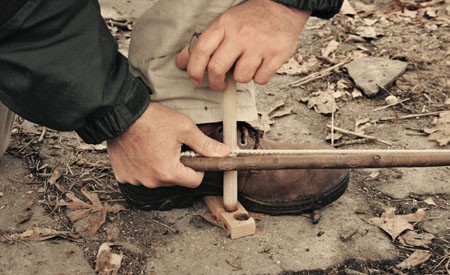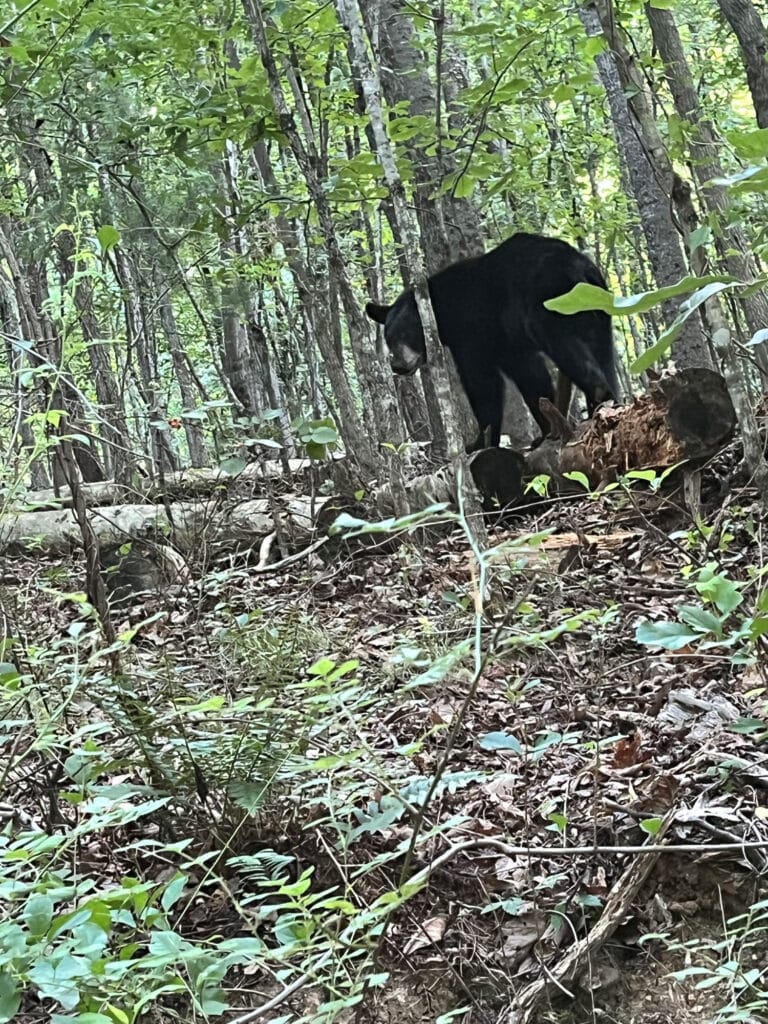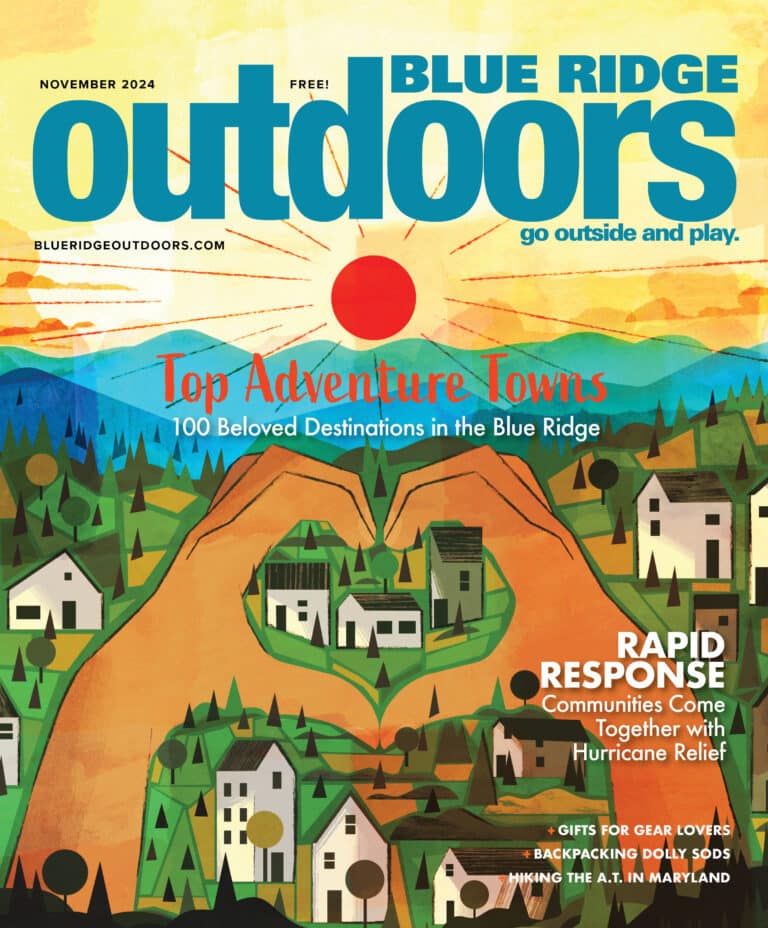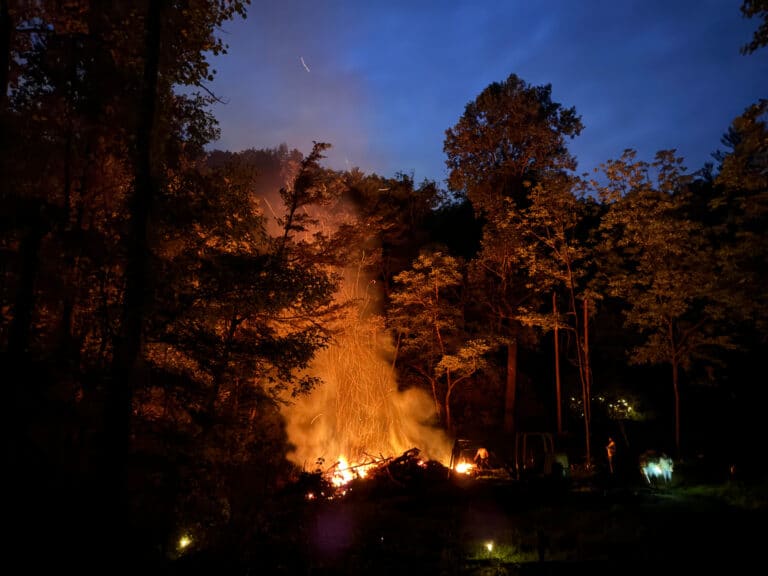It’s 36 degrees and drizzling rain—a perfectly impossible day for making fire.
I am on my way to a primitive firemaking skills course taught by Tim MacWelch, a survival expert and instructor who founded Earth Connection School of Wilderness Survival 16 years ago as an outlet for his teaching passion. MacWelch sends us on our first assignment: find some fuel to make a fire, no easy task given the conditions. We scatter, looking for anything dry that will burn. I gather some leaves from beneath a cedar tree and some sticks I find under a downed tree—slim pickings—and return with my meager bundle. Back at camp, MacWelch is analyzing our efforts and weeding out the good from the bad. I watch carefully as he whips up a friction fire using a bow drill.
There is something mystical about creating a fire without the use of modern technology. How could rubbing sticks together create a flame? It must be magic. But it’s not magic; it’s science. The friction of the sticks rubs off a fine dust called char while simultaneously creating heat. When enough heat is created, 800 degrees normally, the char begins to glow as an ember, which can then be used to light tinder and create a flame. The physics is undeniable; the application is something else entirely.
MacWelch provides us with bow drill kits and gives us another quick demonstration, listing all the things that can go wrong. The fire won’t light if there is too much friction, or not enough, if the wrong type of wood is used, if the strokes of the bow are not fast enough, if the char is not fine enough, if there is not enough air in the tinder, or too much. It’s a wonder anyone has ever done this successfully. We oil the socket with pine pitch to help the drill spin, adjust the tension on our bows to get the proper rotation, and align our boards so the char collects in the right spot. Using a smooth fast motion, the bow spins the drill, obliterating tiny wood fragments into a fine dust, the heat building with every pass. Just as the sweat begins to bead on my forehead and it looks like a lost cause, a wisp of smoke emerges. The pressure builds: this is it; this is the moment.
This is not it, this is not the moment. The rhythm gets thrown off; the wisp dissipates into the atmosphere, my dreams fading just as fast. The second attempt proves more fruitful, the rhythm consistent enough that the wisp turns into a waft, a waft into a puff. It is remarkable the change of pace that happens at this significant juncture in the process. What was at first an exercise in power and swiftness becomes a delicate procedure of fine movement and caution. I gently transfer my smoldering pile of wood dust into my waiting bundle of tulip poplar tinder, caressing the fibers around my energy source. A soft breathe, a silent whistle and I can see the ember glow hot in its nest, being coaxed by the soft breeze into a flame.
I imagine myself trying to pull this off in the rain, stranded on a mountainside with no supplies. It is a daunting daydream, but I try to keep my number one priority: positive mental attitude.
Finally my flame ignites; my life is saved.








